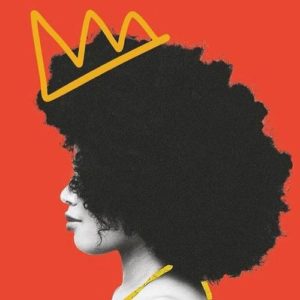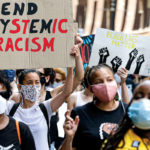Monday was Indigenous Peoples’ Day. Similarly, to every other day or month dedicated to the celebration or recognition of a specific marginalized community, this day creates a breeding ground for performative activism and posts. And just as quickly as these “efforts” and concerns arise, they disappear by the time Tuesday rolls around. Yet we wonder why nothing changes.
If we only are in support of justice, equity, and equality when we are prompted to or when a specific date encourages it then we are complacent and part of the problem. It is our responsibility to step up. And in hopes of inspiring you to do just that, this post will discuss some of the incredible contributions of Indigenous communities, address our problematic historical and present accounts, and provide specific ways in which we can continually support and protect the Indigenous community.
There are 574 legally recognized Native tribes in the United States alone, the majority of which reside in Alaska (National Congress of American Indians, 2020). Meaning, there is a total of 6.6 million Americans who identify as Native American or Alaska Native that comprise these different communities (IWGIA, 2021). Each nation holds a tribal government, which is essential for the preservation of each’s unique culture, identities, and traditions.
And while these tribes and Native peoples are often only accredited for things such as teaching colonizers how to live off of the land, they are also the land’s greatest protector. While they are only five percent of the world’s total population, they safeguard 80 percent of the Earth’s biodiversity (World Wildlife Fund, 2020). Not to mention, they have been leaders in the development of medicines and vaccines (Center for Disease Control and Prevention, 2021).
Sadly, despite having a home in Northern America long before it was colonized, Indigenous peoples are often overlooked and dismissed. This can be noted in the lack of coverage or concern missing Indigenous women receive or the erasure of residential schools, some of which were open well into the 90s. This is why it is on us to care, 24/7.
Now, if you are reading this, I am sure you are invested in long-term commitments. Here are some ways we can ensure that happens:
- Remain informed. Whether it be through scholarly articles, written accounts, or through social media, actively invest in your education.
- Do your part. Yes, we should be signing petitions, become mindful and educated on who we elect, and more, but we can also pay Indigenous peoples, support Indigenous businesses, and uplift voices and experiences.
- There are plenty of credible organizations to donate to, such as Coalition to Stop Violence Against Native Women, Alaska Native Women’s Resource Center, and Indigenous Environmental Network.
Resources:
Centers for Disease Control and Prevention. (2021, May 19). American Indian & Alaska native contributions to public health. Centers for Disease Control and Prevention. Retrieved October 12, 2021, from https://www.cdc.gov/tribal/tribes-organizations-health/contributions/index.html.
IWGIA. (2021). Indigenous World 2020: United States of America. IWGIA. Retrieved October 12, 2021, from https://www.iwgia.org/en/usa/3640-iw-2020-united-states-of-america.html.
National Congress of American Indian. (2020). Tribal Nations & the United States: An introduction. NCAI. Retrieved October 12, 2021, from https://www.ncai.org/about-tribes.
World Wildlife Fund. (2020, October 22). Recognizing indigenous peoples’ land interests is critical for people and nature. WWF. Retrieved October 12, 2021, from https://www.worldwildlife.org/stories/recognizing-indigenous-peoples-land-interests-is-critical-for-people-and-nature.


